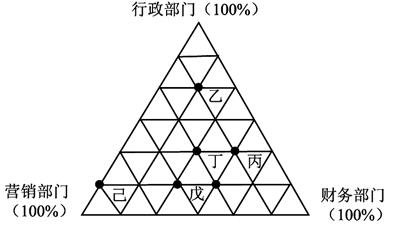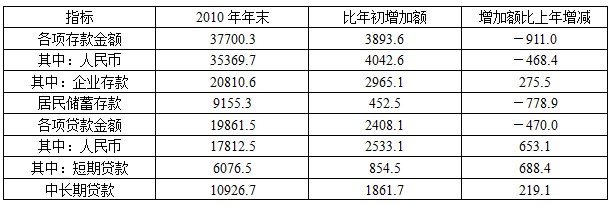银符考试题库B12
现在是:
试卷总分:150.0
您的得分:
考试时间为:
点击“开始答卷”进行答题
 -1=9.5%。
-1=9.5%。 ,需求价格弹性=
,需求价格弹性= =1.50。
=1.50。




















 ,解出
,解出 。从而可以得出甲组与乙组的人数比例为16:11。
。从而可以得出甲组与乙组的人数比例为16:11。 +100=x,解出x=580(个),则师徒已经生产的零件数为580-100=480(个)。
+100=x,解出x=580(个),则师徒已经生产的零件数为580-100=480(个)。
 ______。
______。



 ,分子分母分开看,分子逐差是1、3、5、7的等差数列,所以下一项分子为26,分母逐差是1、2、3、4的等差数列,所以下一项分母为19。
,分子分母分开看,分子逐差是1、3、5、7的等差数列,所以下一项分子为26,分母逐差是1、2、3、4的等差数列,所以下一项分母为19。

 、营销部门
、营销部门 、财务部门
、财务部门 。
。 、营销部门
、营销部门 、财务部门
、财务部门 ,所以行政部门有
,所以行政部门有 的人投了票给丙节目,财务部门
的人投了票给丙节目,财务部门 的人投了票给丙节目,票数相等。财务部分参加投票的人数=
的人投了票给丙节目,票数相等。财务部分参加投票的人数= =28(人)
=28(人) 的人投了健美操的票,
的人投了健美操的票, 的人投了京剧的票,所以行政部门中喜欢健美操的人数是喜欢京剧的人数的2倍。
的人投了京剧的票,所以行政部门中喜欢健美操的人数是喜欢京剧的人数的2倍。 、财务部门
、财务部门 ,所以财务部门的员工比行政部门的员工更喜欢小合唱。B项,健美操的投票情况是:行政部门
,所以财务部门的员工比行政部门的员工更喜欢小合唱。B项,健美操的投票情况是:行政部门 、营销部门
、营销部门 、财务部门
、财务部门 ,所以营销部门和财务部门都不大喜欢健美操。C项,营销部门有
,所以营销部门和财务部门都不大喜欢健美操。C项,营销部门有 的人投了小品的票,有
的人投了小品的票,有 的人投了小合唱的票。D项,小品节目的投票情况是:行政部门
的人投了小合唱的票。D项,小品节目的投票情况是:行政部门 、营销部门
、营销部门 、财务部门
、财务部门 ,投票的比例相同但每个部门的总人数不定相同,所以具体的票数不一定相同。
,投票的比例相同但每个部门的总人数不定相同,所以具体的票数不一定相同。
 =126(万户)。
=126(万户)。 亿元,2010年比2009年多(498.1÷91)÷
亿元,2010年比2009年多(498.1÷91)÷ -1≈
-1≈ =8%。
=8%。
 深色:已答题 浅色:未答题
深色:已答题 浅色:未答题
